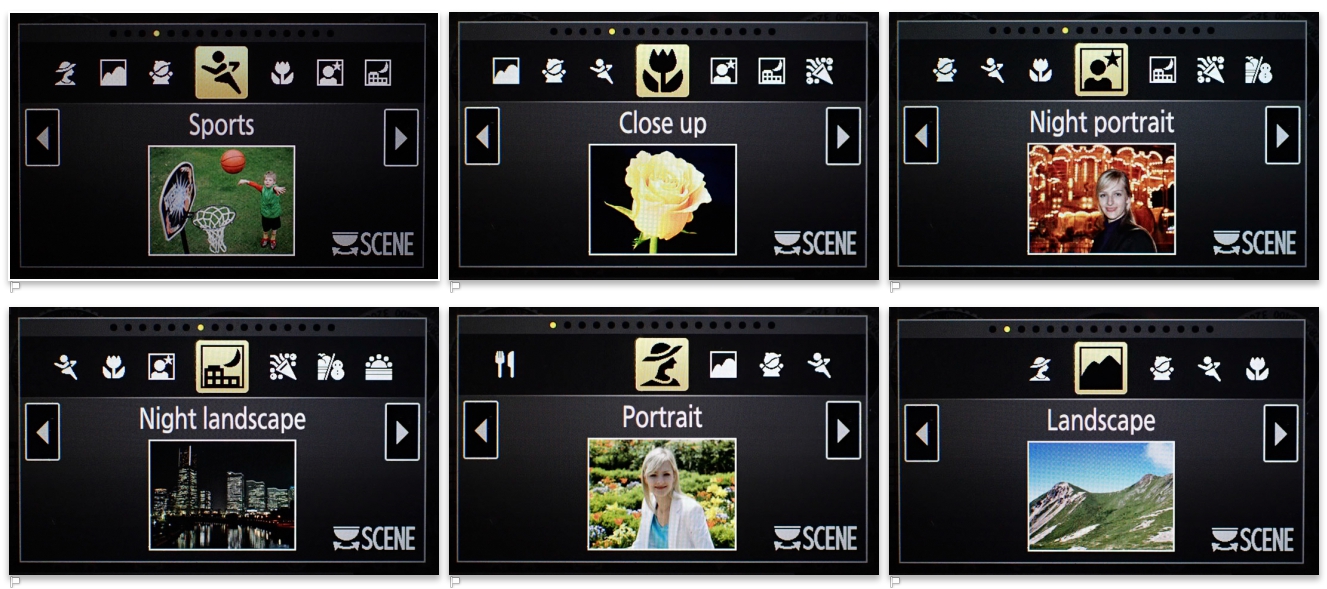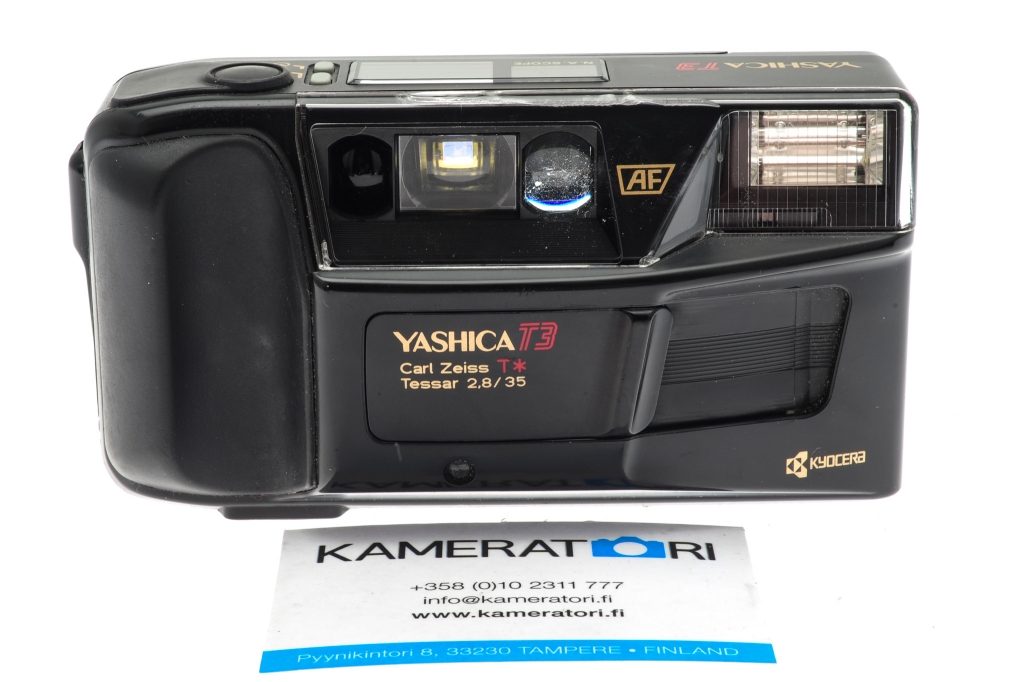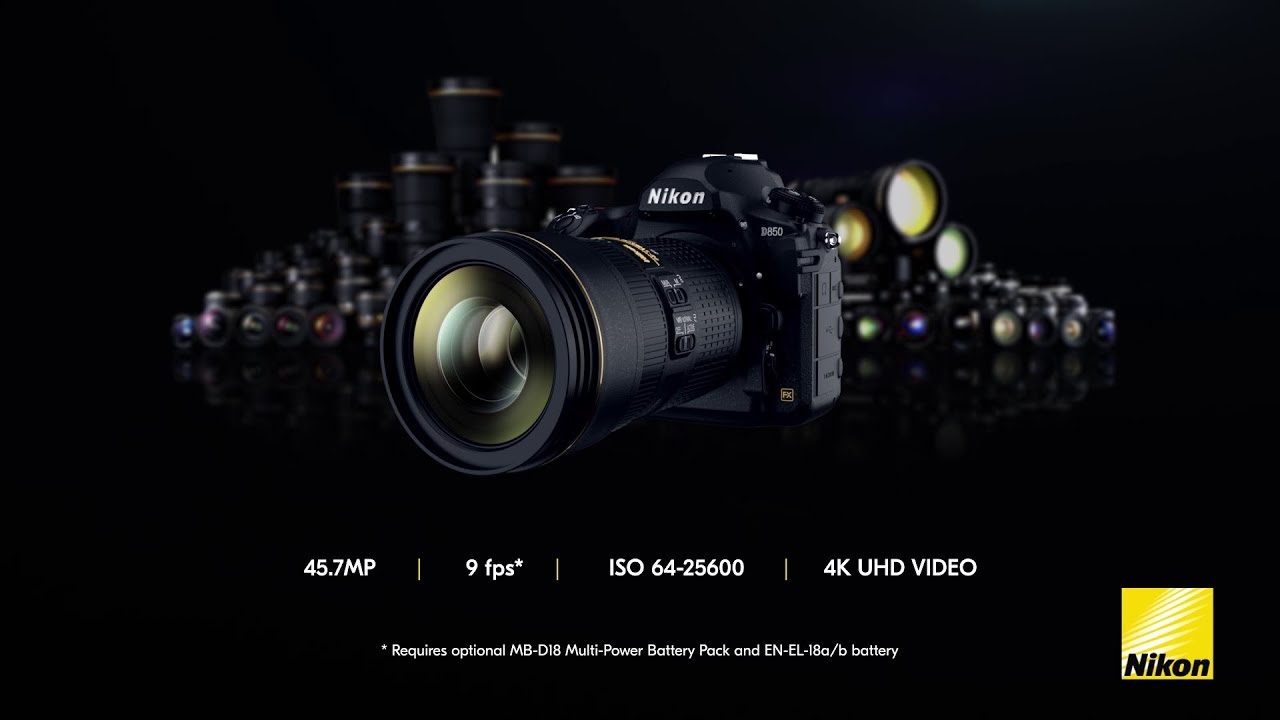
It's crucial to understand what you should look for when buying a camera memory cards. There are several types, including CFast, XQD, SDHC, and CFexpress. It's important to ensure that the card is compatible with your camera. You'll need to check that the card you buy is compatible with your camera.
CFast
Using a CFast camera card allows you to capture high quality videos and photos at the best possible speeds. This memory card can run up to 300% faster that the fastest CF cards currently available. This technology lets professional photographers and video professionals make the most of their high-end cameras and other image devices. It also lets PC and industrial users benefit from next-generation fast storage.

XQD
If you're looking to expand the storage capacity of your digital camera, you may want to consider the XQD camera memory card. XQD memory card are well-known for their high storage capacity and speedy card to computer transfer rates. These cards are even used by professional photographers, such as Andrew Hancock, Nikon Ambassador.
CFexpress
A CFexpress cam memory card uses a PCIe connector to transfer data. Many camera manufacturers support this format, which is very similar to XQD. Although not widely used, CFexpress has many advantages over other types of camera memory cards. One of these is its smaller size. This allows it to fit into smaller cameras.
SDHC
Depending on the type and purpose of your photos, you can choose from an SDHC or SDXC memory card. The speed of the card's data depends on the type that you choose.
UHS-II
While UHS-II camera memory cards are able to write and read data at lightning-fast speeds, not all are made equal. The chipset and firmware that is used will affect the performance of different cameras. Some models offer speeds as high at 260 MB/s and more.

Video speed class
When selecting a camera memory card, it's important to select one with a high Video Speed Class. There are three categories: Class 1, 2, and 3. Each class has a different minimum write speed and these numbers represent megabytes of data per second. The first class supports a minimum of 10 MB/s, while Class 3 supports up to 30 MB/s. These classes are useful when cameras record high-definition video such as VR.
FAQ
Do I Need A Tripod?
This is a question everyone asks. While a tripod isn’t necessary every time, it is useful.
It helps you keep your camera steady while taking pictures at slow shutter speeds. Tripods can be a huge help when you are shooting landscapes or stationary subjects.
On the other hand, if you're photographing moving subjects such as sports or people, using a tripod can cause blurriness. So, how do you know which situations require a tripod?
A tripod is useful in situations where you want to take pictures of fast action and stationary subjects. Examples include:
-
Sports
-
People
-
Landscapes
-
Close-ups
-
Macro shots
If you're unsure whether you need a tripod, try this test. Hold your camera still and look through the viewfinder. A tripod is required if there are blurred lines, movement or other issues.
If you don't see any blurring, you probably won't notice any improvement by adding a tripod.
If you do decide on a tripod purchase, these are some things to remember.
-
Make sure your tripod has smooth legs. This will stop unwanted vibrations shaking your camera.
-
A tripod is a good choice. Some tripods are made of plastic, so they may not be as durable. Look for a metal tripod instead.
-
You might consider purchasing a remote control. Remote control allows you to remotely control your camera. The button can be pressed to activate the shutter.
-
Try to find a tripod with a head that rotates 360 degrees. This makes it easier for you to position your camera horizontally, or vertically.
-
You should keep in mind that tripods don't come cheap. Expect to pay around $100-200. You will still get a lot out of your money.
-
Accessories such as filters and memory cards should be considered.
-
Before ordering online, you should check in your local shops. Many retailers offer free shipping.
-
Read reviews to determine what customers think about a particular product.
-
Ask family members or friends to share similar products.
-
You can learn from customers' experiences by visiting message boards and forums.
-
Find user reviews online.
-
Amazon.com offers the ability to search for prices and view customer feedback.
-
Check out these photo galleries for an example of the work that photographers do with their tripods.
Cameras for Sale
There are many places online that you can purchase cameras. However, we recommend buying from a reputable retailer like B&H Photo Video. Their knowledgeable staff can answer any questions that you might have.
B&H ships fast and securely so it is easy to have your order delivered at your doorstep.
You can learn more by watching this video about shopping for cameras.
How can I improve my smartphone's photography skills?
You don't need expensive equipment to take great photos! You can take amazing photos with just a phone.
It is easy to learn how to use its various features and some basic techniques.
There are many apps available for both Android and iOS devices that make it easy to edit and share your pictures.
Here are five tips that will help you start taking better photographs.
-
Set Up Your Camera App. Your camera app should already be installed on your device. If it is not installed, you can download it from Google Play.
-
Use Effects & Filters. You can alter the appearance and feel of your photo using filters and effects.
-
Adjust Exposure. You can adjust exposure to alter the brightness of your image.
-
Use the Right Lighting Photographing in bright lighting makes it easier for you to see details within your subject. You can capture highlights and shadows in low-light conditions.
-
Photograph People. Take pictures of people to show them what you love the most.
To learn more about how to take better photos, check out our article: 5 Tips To Improve Your Photography Skills On A Smartphone.
Statistics
- While I cannot prove that all of those spots were not sensor dust, the photo was taken during a heavy snowstorm…so I guess that 99.8% of the spots are snowflakes. (bhphotovideo.com)
- Get 40% off Adobe Creative Cloud(opens in new tab) (creativebloq.com)
- That's the easiest way to get blurry photos 100% of the time. (photographylife.com)
- The second easiest way to get blurry photos 100% of the time is to use a cheap filter on the front of your lens. (photographylife.com)
External Links
How To
How to Take Portrait Photos
Portraits are important because they show who you are. They also tell your story. It's possible to have a favourite picture of yourself, but you are now looking for something different. It is easy to forget the joy of taking photos. Here are some tips for getting started.
-
You need to have enough lighting. It is best to take portraits in the morning, or late afternoon. Use flash only when there is not direct sunlight. This will wash out all details. Also, avoid taking photos at midday. You will have too many shadows.
-
Use a tripod. A tripod will prevent you from seeing any movement when you hold the camera still. That means you'll miss the chance to freeze action. If you plan to use flash, make sure that your shot is set up without one. Turn off the flash, then try again.
-
Close-ups are best. Closeups are great for showing detail. But they can look fake unless you've got a good eye. Look closely at people's eyes, mouths, and noses. Notice anything unusual? Do you see someone with glasses? Are there freckles under her nose or on her eyes? These details add depth to an individual's appearance.
-
Don't force smiles. Smiles can be tricky. Most people smile naturally when they feel happy, but others don't. Forcing them to smile is a bad idea. You should think about what makes your laugh. Maybe it's something silly like a cat jumping through a hoop. Maybe you just love to watch paint dry. Whatever it is, keep thinking about it until you start laughing.
-
Get creative. Many people think they are boring. But being ordinary isn't bad. You can find ways to be different from the norm. You could ask your friend to put his hands behind his back and pose with them. Another option is to suggest that he wear a funny headgear.
-
Keep practicing. It will take you a lot of practice to improve at taking photos. You will start to notice more interesting details around you as your skills improve.
-
Have fun. You should have fun taking photos. If you enjoy the process, you'll be more likely to do it again. You'll likely end up with some truly amazing shots.
-
You should share your work. After you've learned how to take beautiful pictures, share them among your friends and family. Tell them why the photo was taken. Tell them where you went. Tell them about your adventures.
-
Be patient. Sometimes it just doesn't work. It happens to everyone. Don't worry. Don't worry. Just move onto another image.